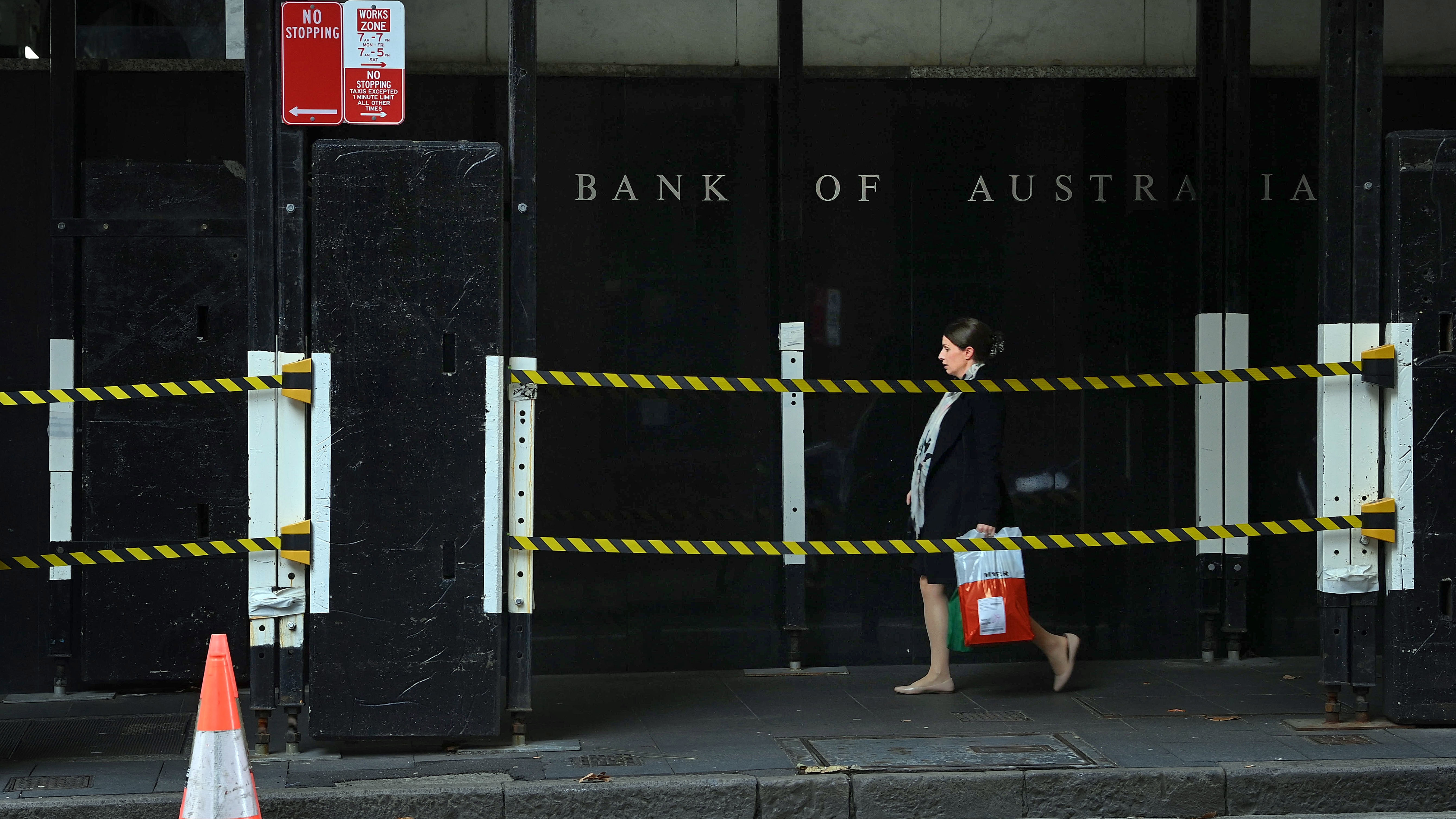Eight times a year, the Reserve Bank meets to decide whether to raise, hold or cut interest rates.
The decision impacts the 3.2 million Australians who have a mortgage on their own home and has flow-on effects across the entire economy, but what factors actually influence whether the cash rate goes up or down?
This is what you need to know.
READ MORE: Methanol explained: The deadly substance you can’t see or taste
How does inflation impact interest rates?
If there’s one factor that influences interest rates more than anything else, it’s inflation.
The Reserve Bank is tasked with keeping inflation between 2-3 per cent.
The tool it has to achieve that is interest rates: raise the cash rate to lower demand and theoretically dampen price growth, or lower it when inflation is too low to give households more spending power and increase inflation.
While the Australian Bureau of Statistics does put out monthly consumer price index (CPI) data, the quarterly figures are generally considered to carry a bit more weight.
Beyond those readings of headline inflation, a crucial statistic to keep an eye on is the “trimmed mean”.
It excludes the most volatile price changes which, so is a good measure of “underlying” or “core” inflation – and is one of the key pieces of data the RBA looks at.
If it comes back to target, then there’s a good chance interest rates will follow.
READ MORE: Hoping for a hot, sunny summer? You’ll get half of what you wished for
How does the unemployment rate impact interest rates?
Another important factor in the interest rate equation is the unemployment rate.
Under the RBA charter, the central bank has to work towards the “maintenance of full employment in Australia”.
Broadly speaking, if the jobless rate rises, so too does the chance of a rate cut, as less restrictive monetary policy is generally conducive to more jobs coming onto the market.
High unemployment is also generally associated with a weaker economy – another reason why it’s linked to interest rate cuts. But things have been a bit different in 2024, with unemployment at historical lows despite general weakness in the rest of the economy.
“All of this was disrupted by a once-in-100-year event in a pandemic,” RBA Governor Michele Bullock said in May.
READ MORE: When will Australia’s next federal election be held?
“I think all of our history on unemployment and the way unemployment responds is not based on this sort of shock happening in the economy.”
So it’s not always a straightforward equation, and as Bullock noted in November, getting inflation back to target generally takes precedence over joblessness.
“(Unemployment) is important,” RBA Governor Michele Bullock said following the bank’s November meeting.
“We have a dual mandate, but ultimately we won’t do well on our employment mandate if inflation gets out of control.
“So we do need to make sure that we bring inflation down.”
It’s also worth noting that there’s still a significant list of economic factors that ultimately play a role in setting interest rates, including consumer spending, international financial conditions, household debt and many more.
The information provided on this website is general in nature only and does not constitute personal financial advice. The information has been prepared without taking into account your personal objectives, financial situation or needs. Before acting on any information on this website you should consider the appropriateness of the information having regard to your objectives, financial situation and needs.


